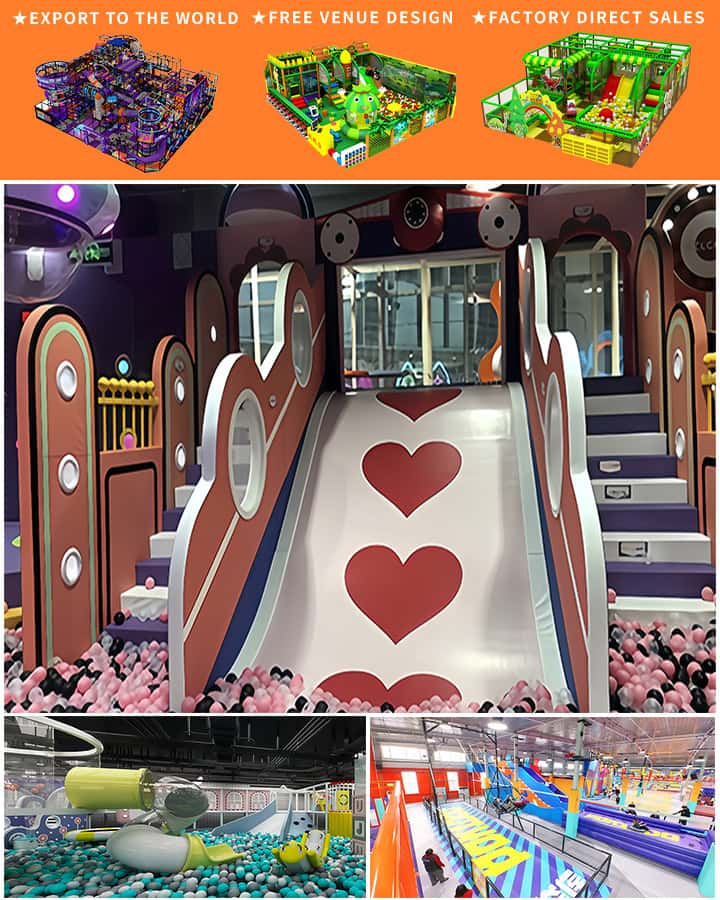In today’s world, where inclusivity is more important than ever, creating a space that allows everyone, regardless of their physical abilities, to play and enjoy leisure time is paramount. One of the most significant steps towards this goal is the installation of adaptive playground equipment at home. This comprehensive guide will walk you through everything you need to know about adaptive playground equipment, making your backyard a haven of fun and accessibility for all ages and abilities.
Understanding Adaptive Playground Equipment
Adaptive playground equipment is designed specifically to cater to children and adults with various physical, sensory, or cognitive disabilities. Unlike traditional playgrounds, these pieces of equipment are tailored to ensure that everyone can participate in play activities safely and joyfully. They often feature modifications such as wheelchair-accessible swings, transfer stations, sensory-rich structures, and more to accommodate diverse needs.
Key Features of Adaptive Playground Equipment
Accessibility: The foremost feature of adaptive playground equipment is its accessibility. Ramps, lifts, and transfer systems are integrated into the design to ensure that individuals using mobility aids such as wheelchairs, crutches, or walkers can navigate and use the equipment without any hindrance.
Safety: Safety is paramount when it comes to playground equipment. Adaptive equipment is designed to be sturdy and stable, with non-slip surfaces and secure fastenings to prevent accidents and injuries.
Inclusivity: The equipment aims to provide equal opportunities for play, allowing children and adults of all abilities to join in the fun. It encourages social interaction and fosters a sense of community.
Versatility: Adaptive playground equipment is versatile in its applications. Whether it’s a spinner bowl for sensory exploration, a seesaw that can be used by multiple children simultaneously, or a merry-go-round that accommodates different seating positions, the equipment is designed to cater to a wide range of activities and preferences.
Popular Adaptive Playground Equipment for Home
 Here are some of the top picks for adaptive playground equipment that you can install in your home to create an inclusive play area:
Here are some of the top picks for adaptive playground equipment that you can install in your home to create an inclusive play area:
1. Wheelchair-Accessible Swings
Swings are a staple on any playground, and adaptive versions come with harnesses that can support individuals in wheelchairs. These swings allow for smooth and safe back-and-forth motion, giving every child the joy of swinging.
2. Transfer Stations and Platforms
These are essential for individuals who use mobility devices. Transfer stations facilitate easy movement from a wheelchair to a swing, slide, or other pieces of equipment, ensuring that everyone can participate without help.
3. Sensory Play Equipment
Children with sensory processing issues can greatly benefit from sensory-rich structures like spinning toys, tactile walls, and musical instruments. These elements stimulate the senses and promote developmental growth.
4. Adaptive Climbing Structures
Climbing structures are fantastic for physical development and building confidence. Adaptive climbing walls have handholds and footholds at varying heights and depths, catering to users of different sizes and strengths. Some even come with ramp systems to provide easier access.
5. Bouncers and Spring Riders
For those who enjoy bouncing and movement, adaptive bouncers and spring riders offer a delightful experience. These are great for developing gross motor skills and balance while providing endless entertainment.
Installing Adaptive Playground Equipment: A Step-by-Step Guide
Installing adaptive playground equipment involves careful planning and execution. Here’s a step-by-step guide to help you set up your inclusive oasis:
Step 1: Assess Your Space
Before purchasing any equipment, evaluate your available space. Ensure there is enough room for the equipment and adequate clearance around it to prevent accidents.
Step 2: Research and Select Equipment
Identify the specific needs and preferences of the users. Look for reputable suppliers who specialize in adaptive playground equipment. Reading reviews and seeking recommendations can also be helpful.
Step 3: Prepare the Site
Clear the designated area of any debris or obstacles. Depending on the type of equipment, you might need to level the ground or install soft surfacing materials such as rubber mulch or wood chips for safety.
Step 4: Follow Manufacturer Instructions
Always follow the manufacturer’s guidelines during installation. Improper installation can compromise safety and reduce the lifespan of the equipment.
Step 5: Maintenance and Upkeep
Regularly inspect the equipment for any signs of wear and tear. Ensure that moving parts are well-lubricated, and check for any loose bolts or screws. Promptly address any issues to maintain safety standards.
Conclusion: Embracing Inclusivity at Home
Creating an adaptive playground at home is not just about installing equipment; it’s about fostering an environment where every individual, regardless of their abilities, can experience the joy of play. By incorporating adaptive playground equipment, you are taking a significant step towards promoting inclusivity, encouraging physical activity, and building stronger community bonds right in your own backyard. So, why wait? Start transforming your space into an inclusive oasis today!




